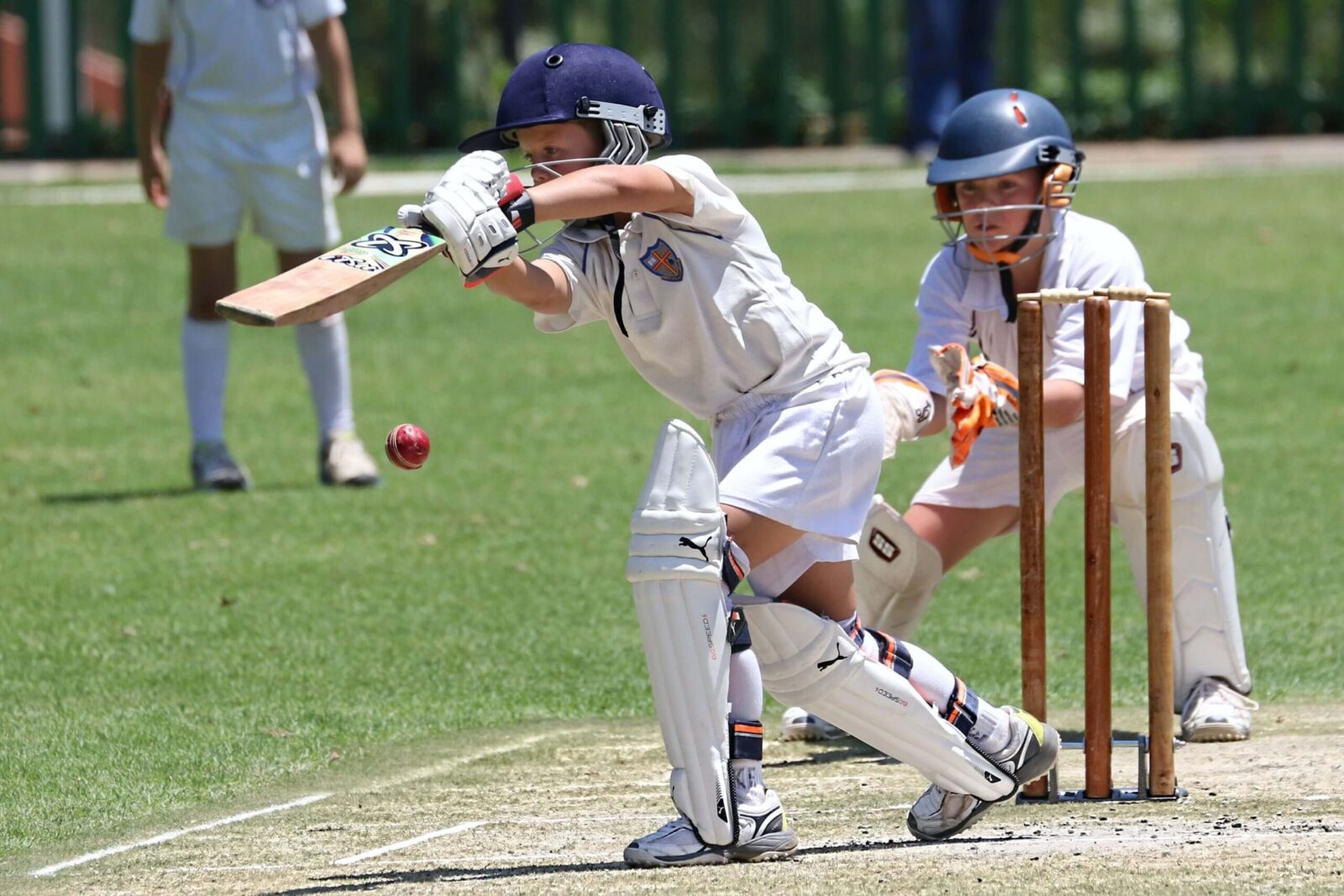Cricket is a sport that requires immense skill, technique, and strategy. Amongst the many skills required to excel in this game, batting against reverse swing often becomes a daunting task for even the most seasoned cricketers. Reverse swing is an art mastered by some of the greatest fast bowlers in cricket history. It can be a batsman’s worst nightmare as it makes the ball move in the opposite direction to what they are expecting, sometimes leaving them flummoxed.
However, mastering the art of batting against reverse swing can be your secret weapon as a batsman.
Reverse swing can be devastating for batsmen if they are unprepared to face it. It’s a technique where the ball moves in an unexpected direction after pitching on the ground, making it difficult for batsmen to make contact with it. However, with proper practice and knowledge, batsmen can master the art of batting against reverse swing and turn it into their secret weapon.
Why reverse swing is a game changer
Reverse swing is a technique in cricket where the ball swings in the opposite direction than expected due to its rough surface from one side. It is considered a game changer as it can turn the match around, especially during the death overs. The art of mastering reverse swing lies not only in bowling but also batting against it.
Batsmen need to have quick reflexes and must adjust their footwork accordingly to counter reverse swing effectively. They have to be watchful of the ball’s movement and play late with soft hands. Playing across the line or playing too early can lead to disastrous consequences, resulting in wickets falling down like a house of cards.
In conclusion, reverse swing adds an element of unpredictability and excitement to the game. It requires both bowlers and batsmen to master this skill, making it an essential aspect of modern-day cricket. Ignoring its significance can prove costly for any team looking for success at all levels of cricket. Understanding the mechanics of the reverse swing
Mental approach to batting against reverse swing
One of the most challenging aspects of facing reverse swing is the mental approach required to handle it successfully. First and foremost, a batsman must remain focused on the ball and not allow themselves to become distracted by any movement they may see in the air. This means keeping their eyes fixed on the ball for as long as possible and being prepared to adjust their shot at the last moment.
Another key mental aspect is staying positive even if things aren’t going well. It can be easy to get frustrated or demotivated when facing a bowler who has mastered reverse swing, but it’s important to stay confident in your ability and keep trying different approaches until you find what works.
Lastly, batting against reverse swing requires excellent communication with your partner. You need to share information about what you are seeing from each delivery – this will help you both make better decisions about how to approach each ball and give you greater confidence in your overall strategy. By remaining focused, positive, and communicative, a batsman can increase their chances of success against even the most skilled exponents of reverse swing.
Practicing and preparing for reverse swing
Reverse swing is a technique that involves swinging the ball in the opposite direction of its natural path. It can be a particularly deadly weapon for fast bowlers, as it causes the ball to move unpredictably and makes it difficult for batsmen to predict where it will go. In order to prepare for reverse swing, batsmen need to focus on developing their footwork and their ability to read the bowler’s movements.
One key element of preparing for reverse swing is staying alert and focused throughout the entire match. Batsmen need to be aware of any changes in conditions or pitch conditions that may affect how the ball behaves once it is released by the bowler. They also need to pay close attention to how each individual bowler approaches their delivery, looking for subtle clues about which way they may try to swing the ball.
Finally, practicing against reverse swing requires patience and perseverance. Batsmen must be willing to spend long hours in the nets facing deliveries from different angles and speeds, working on their timing, positioning, and shot selection until they are comfortable facing even the most unpredictable swings. With consistent practice and preparation, however, mastering this art can help give them an edge over even some of the toughest fast bowlers on any pitch!
Importance of adapting to changing conditions
Adapting to changing conditions is crucial to success in any field, and cricket is no exception. In particular, the ability to bat against reverse swing can make all the difference in a game. Reverse swing occurs when the ball swings in the opposite direction to what is expected, making it difficult for batsmen to adjust their shots properly.
To master batting against reverse swing, players must first understand how it works and be able to read its signs early on. This requires keen observation skills and an awareness of subtle changes in the ball’s trajectory. Once they’ve identified that reverse swing is happening, players must adapt by adjusting their stance and shot selection accordingly. For example, they may need to move their feet more quickly or play more defensively until they get a better feel for the ball’s movements.
Ultimately, adapting to changing conditions is about being flexible and open-minded. It means recognizing that things won’t always go according to plan and being willing to adjust one’s approach as needed. Whether it’s facing reverse swing or dealing with unexpected challenges off the pitch, those who can adapt are best positioned for success in cricket and beyond.
Conclusion: Be ready to face any challenge
Reverse swing is a phenomenon that can turn the tables on any cricket match. It’s a skill mastered by only a few bowlers, but when they do it well, it can be devastating for batsmen. Most batsmen find it hard to tackle and often fall prey to its deceptive nature. But what if we told you that there is a secret weapon that can help you master the art of batting against reverse swing?
In this article, we will explore the science behind the reverse swing and provide you with some tips and tricks to counter it effectively. Whether you’re an amateur cricketer or a seasoned professional, mastering the art of batting against reverse swing can give you an edge over your opponents and help you score big runs in crucial matches.


